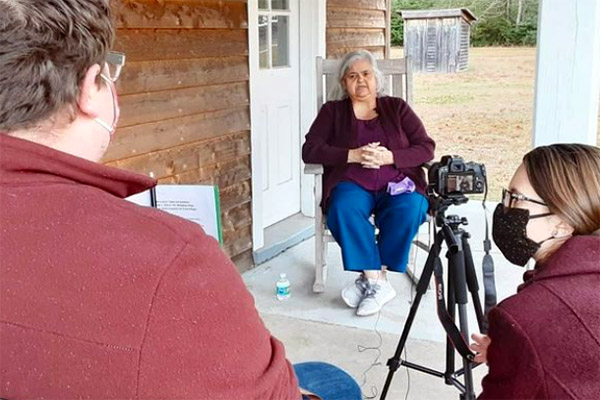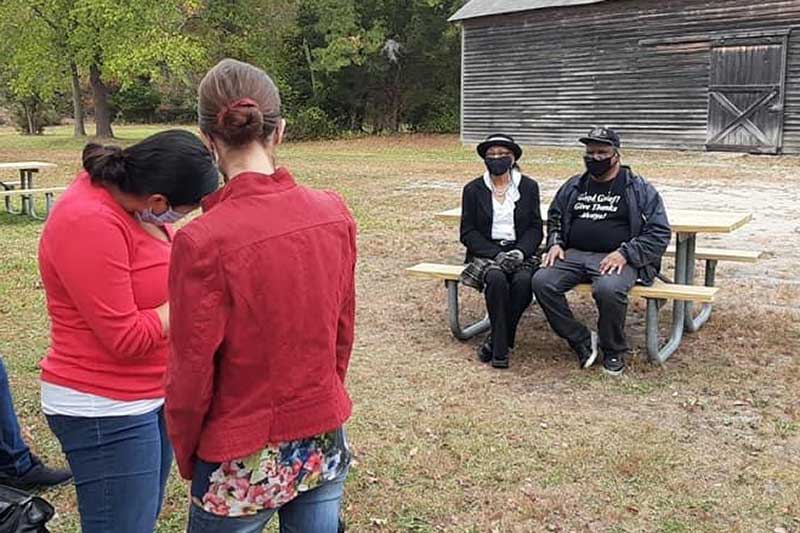The Pine Barrens remains one of the most distinctive and misunderstood areas of the Garden State. Whitesbog Preservation Trust’s “Harvesting Stories” project has been working for more than 10 years preserve locals’ knowledge of the area and cast a light on its rich and diverse history.
The project’s primary aim has been to collect oral and video histories from Whitesbog Historic Farm & Village workers, local neighbors, staff and farmers of the rural community of Browns Mills and Pemberton, NJ. In addition to being archived and made accessible online, these vital media are being incorporated into a forthcoming virtual reality tour of the village and a new listening station and video display in the museum.
Whitesbog Historic Village, located in Browns Mills, NJ, was once the largest cranberry farm in the state. The former “company town” also birthed the Garden State’s blueberry industry, employing a substantial number of African-American and Italian-American migrant laborers. These laborers were housed in satellite settlements called Rome and Florence, which were razed in the 1960s, prior to the establishment of the Whitesbog Preservation Trust.
The Preservation Trust operates the historic village, offering tours, hiking trails, an archive, and a variety of programs. The oral history project first received an action grant from NJCH since 2017 and has received subsequent funding through action and Covid-19 relief grants.
“This decades-long, award-winning project has been especially important in the past year as we collected critical video histories from community members to share as videos and in interpretation, tours and exhibits in the village,” said Allison Pierson, Whitesbog Executive Director.
The preservation and promotion of these narratives is important both for today’s New Jerseyans and future historians.
The Pine Barrens are the largest remaining example of an Atlantic coastal pine barrens ecosystem and is an extremely important part of the regional water cycle. It is also the home of the folk legend Jersey Devil and an important center of cranberry and blueberry production.
This heritage marks it not only as an important ecological and agricultural region of the state, but also as a vital historical and cultural center.
“This project does a great job of highlighting the history and diversity of an important but often misunderstood region of the state,” said James Kirkland, NJCH Program Officer.
With funding support from NJCH as well as the New Jersey Historical Commission and the National Endowment for the Humanities, the project is modernizing both the historic village’s storytelling capabilities and the public’s understanding of the area.
“We will keep the momentum going with new interviews and launch a Zoom video program with local historians of the region talking about their area of knowledge including Families of the Pine Barrens, Farms of the Pine Barrens, Rome and Florence, and Native American History of the Pine Barrens,” Pierson said.
Recordings of the project can be found online at https://whitesbog.org/oral-history-recordings-about/.





